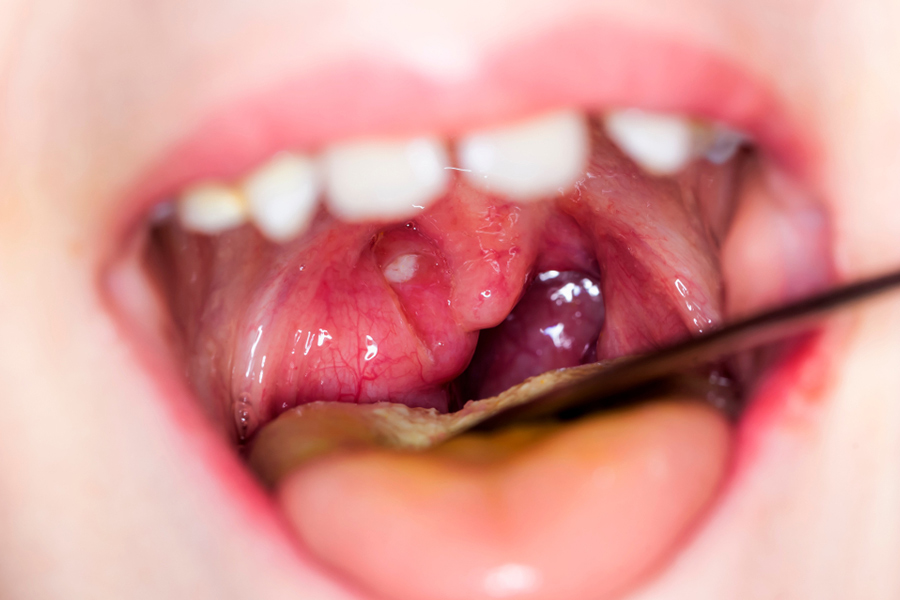
Many of the health conditions derive their names from objects and things in our surroundings, often because of the visual similarities or characteristics they share. This includes “cobblestone throat," which refers to the uneven, pebble-like texture at the back of the throat due to inflammation, much like cobblestone streets. But why does this condition occur, and what can be done to manage it? Here's all you need to know about it.
Table of Content:-
What Is Cobblestone Throat?![]()
Cobblestone throat is a condition in which the back of the throat develops a bumpy appearance, which looks like the texture of cobblestones. It occurs due to swollen lymphatic tissue and inflamed nodules in the throat, often caused by chronic irritation or infection.
Also Read: Understanding Sore Throats: Expert Insights on Chronic Symptoms, Causes, and Care
Medically termed pharyngitis or granular pharyngitis, cobblestone throat can occur from viral infections, allergies, or post-nasal drip, all of which contribute to the inflammation.
This condition is generally harmless, with a higher prevalence in children, according to StatPearls Publishing. In 2010, over 10.8 lakh people in the US sought emergency care for this condition, with the majority being children under 15.
What Triggers Cobblestone Throat?![]()
As far as the causes of cobblestone throat, or pharyngitis, are concerned, about 50–80% of the cases are viral in origin and include a variety of viral pathogens. These pathogens are predominantly rhinovirus, influenza, adenovirus, coronavirus, and parainfluenza.
Less common viral pathogens include herpes, Epstein-Barr virus, human immunodeficiency virus (HIV), and coxsackievirus. More severe cases tend to be bacterial and may develop after an initial viral infection.
In certain cases, acid reflux, smoking, or environmental factors, such as pollution, dust, or dry air, can also lead to inflammation and bumps at the back of the throat.
Signs Of A Cobblestone Throat
Besides the bumpy appearance at the back of the throat, some of the other symptoms of cobblestone throat include:
- Sore throat and hoarseness
- Dry cough
- Bad breath
- Stuffiness
- Fever
- Pain when talking or swallowing
- A feeling that something is stuck in the throat
- Excessive throat clearing
- Post-nasal drip
Also Read: Sore Throat: How To Know If It Is COVID-19 Or Mpox
Treatment Options And Home Remedies![]()
Treating cobblestone throat depends on its specific cause. These include:
- Taking antibiotics for bacterial infections.
- Avoiding allergens that trigger the body's immune system.
- Using Over-the-Counter (OTC) nasal sprays and decongestants for throat irritation.
Home remedies include:
- Drinking warm fluids
- Gargling with salt water
- Sucking on lozenges
- Using a humidifier
Conclusion
Cobblestone throat is a benign condition that can be managed by treating its underlying cause, which can range from an infection to allergies to post-nasal drip. But before everything else, it is important to know what it looks like, feels like, and symptoms it can come along with. If symptoms continue or worsen, seek medical advice to ensure proper treatment and rule out other potential issues.
Also watch this video
How we keep this article up to date:
We work with experts and keep a close eye on the latest in health and wellness. Whenever there is a new research or helpful information, we update our articles with accurate and useful advice.
Current Version


